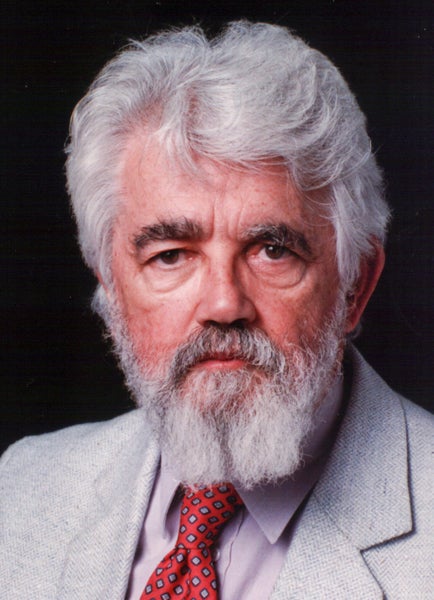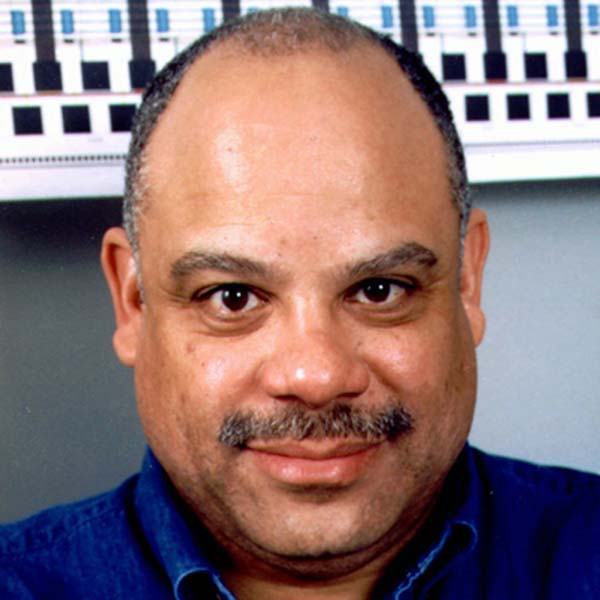John McCarthy
Birth: September 4, 1927
Death: October 24, 2011
McCarthy focused on mathematics for his undergraduate degree and PhD at Cal Tech and Princeton, respectively. Afterwards, he briefly taught at Stanford, Dartmouth, and the Massachusetts Institution of Technology. At MIT, he and Marvin Minsky founded the MIT Artificial Intelligence Project, the first of its kind there. Three years later, McCarthy came back to Stanford to teach mathematics. However, he transferred to the Department of Computer Science when it was opened in 1965. McCarthy was one of the most crucial figures in the study and rise of artificial intelligence, starting school programs, making programming languages, writing papers, and even coining the term "artificial intelligence" itself. LISP, a programming language McCarthy created, was once used by NASA, and is still occasionally used today. The other, Elephant 2000, had a system similar enough to having a memory that one could create chat bots with it. He also created some of the first time-sharing systems, allowing humanity to take a step towards creating the internet.John McCarthy earned numerous academic awards throughout the years, which include but are not limited to the A.M. Turing Award in 1971, the Kyoto Prize in 1988, the National Medal of Science in 1990, and the Benjamin Franklin Medal in 2003. Additionally, he earned memberships to the National Academies of Science and Engineering. Something interesting that I found while researching John McCarthy is that the person who wrote his Stanford Obituary, Nils J. Nisslon, is also a computer scientist, which in hindsight isn't too surprising (who else would write the article?). More interestingly, the author is also dead, passing away on April 23rd, 2019.
Sources:
Stanford
Britannica.com
MIT.edu
UAkron.edu

Grace Hopper
Birth: December 9, 1906
Death January 1, 1992
She earned her bachelor's degree at Vassar College, and she earned a master's degree and PhD in Mathematics at Yale. First, one of her main contributions to Computer Science was that she helped program a prototype which happened to be one of the first electromechanical computers in the world. They named that computer "Mark I". Secondly, she wrote a 500-page operation manual for the Automatic Sequence-Controlled Calculator explaining how the calculator operated and how computers—like the calculator—functioned. Third, she coined the term "bug" which is used to call a computer malfunction. Lastly, she was the first woman to get the title of "Distinguished Fellow of the British Computer Society". Posthumously, she was awarded the Presidential Medal of Freedom. An interesting fact about her was that she was a part of the Naval Reserve and retired as a Rear Admiral.
Sources:
Yale.edu
Womenhistory.org
National WWII History Museum

Mark Dean
Birth: March 2, 1957
Mark Dean was born in Jefferson City, Tennessee, 1957. He still lives to this day. At a younger age, Mark amazed both is peers and teachers at Jefferson City High School. He went on to earn a Bachelors degree of science at the University of Tennessee in 1979. After that, he began working at IBM. Eventually, he earned a Masters of Science degree at Florida Atlantic University in 1982. In the way of Computer Science, Mark Dean contributed by developing the first PC monitor and gigahertz chip. Working with others, he discovered ways to plug in printers and monitors directly into computers. Dean's contributions still affect the ever changing world of technology. The most interesting tidbit I found while researching Mark Dean was the fact that he attended a integrated High School. By doing so, he suprised many of the white students and teachers there with his academic brilliance.
Sources:
Blackpast.org
Tennessee.edu
TBP.org



